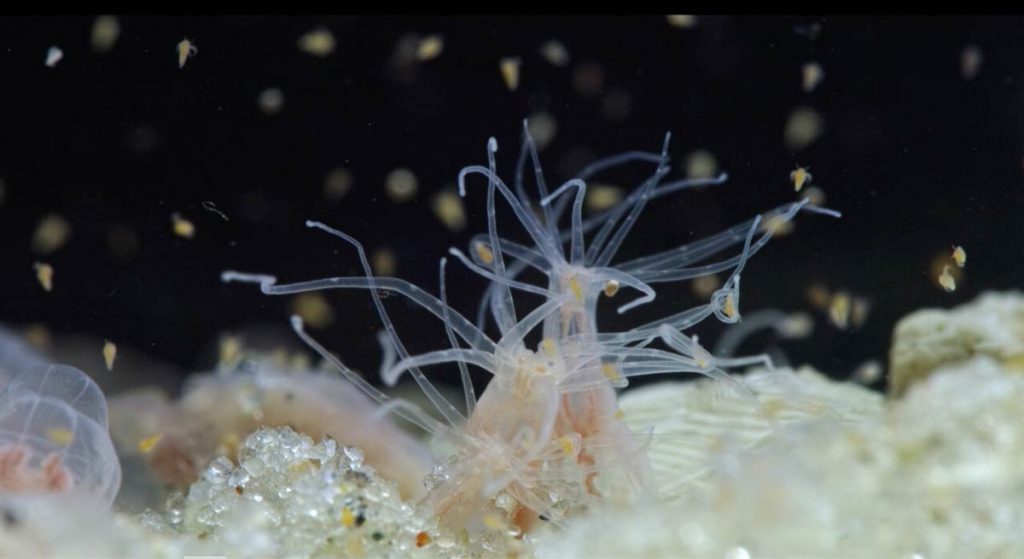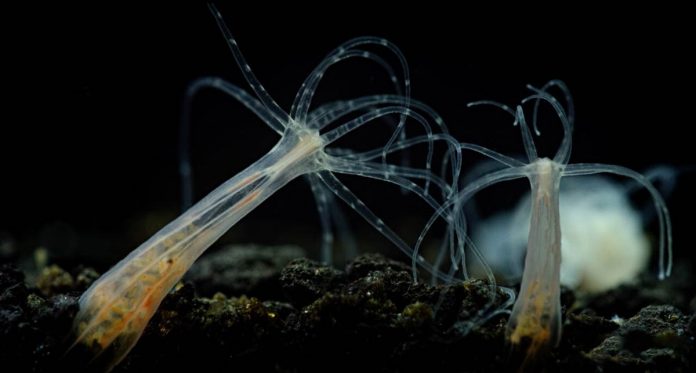The sea anemone Nematostella burrows into salt marsh sediments and stays there for life. It has also specialized ‘stinging cells’ which hurl toxins into passing prey. This immobilized the morsel so the anemone can snatch it with its tentacles. Marine Biological Laboratory (MBL) researchers have found out that Nematostella’s growth and feeding ability is impacted by present levels of common pollutants found in the U.S. East Coast.
The study points out factors that threaten the species. The team of scientists focused on plasticizers which is type of chemical that are widely used in plastic packaging. They have also focused on potassium nitrate as it enters marshes through runoff from lawn fertilizers. Nematostella embryos are exposed to phthalate and nitrate concentrations in coastal environments.
They have displayed a gross decrease in body size two weeks after exposure. The embryos also had fewer tentacles. But the tentacles were misshapen or uneven in length or number. The animals have also reduced number of stinging cells. They use these cells as a defence mechanism and to capture food.

As Nematostella is sessile, it needs to constantly acclimate to environmental changes like temperature and salinity. The new study integrates assessment of the pollutants’ impact on Nematostella’s microbiome. Scientists also sequenced the microbiomes after some days of pollutant exposure.
Microbiome shifting can serve as sentinels of change in the health of the host. This has been proved by prior studies in other animals such as corals and humans.
Scientists also studied the effects of phthalates on embryonic development in vertebrates. They have identified defects in body growth in frogs and zebrafish with Nematostella. They have seen slower body growth and defects of cells in the ectodermal lineage.

